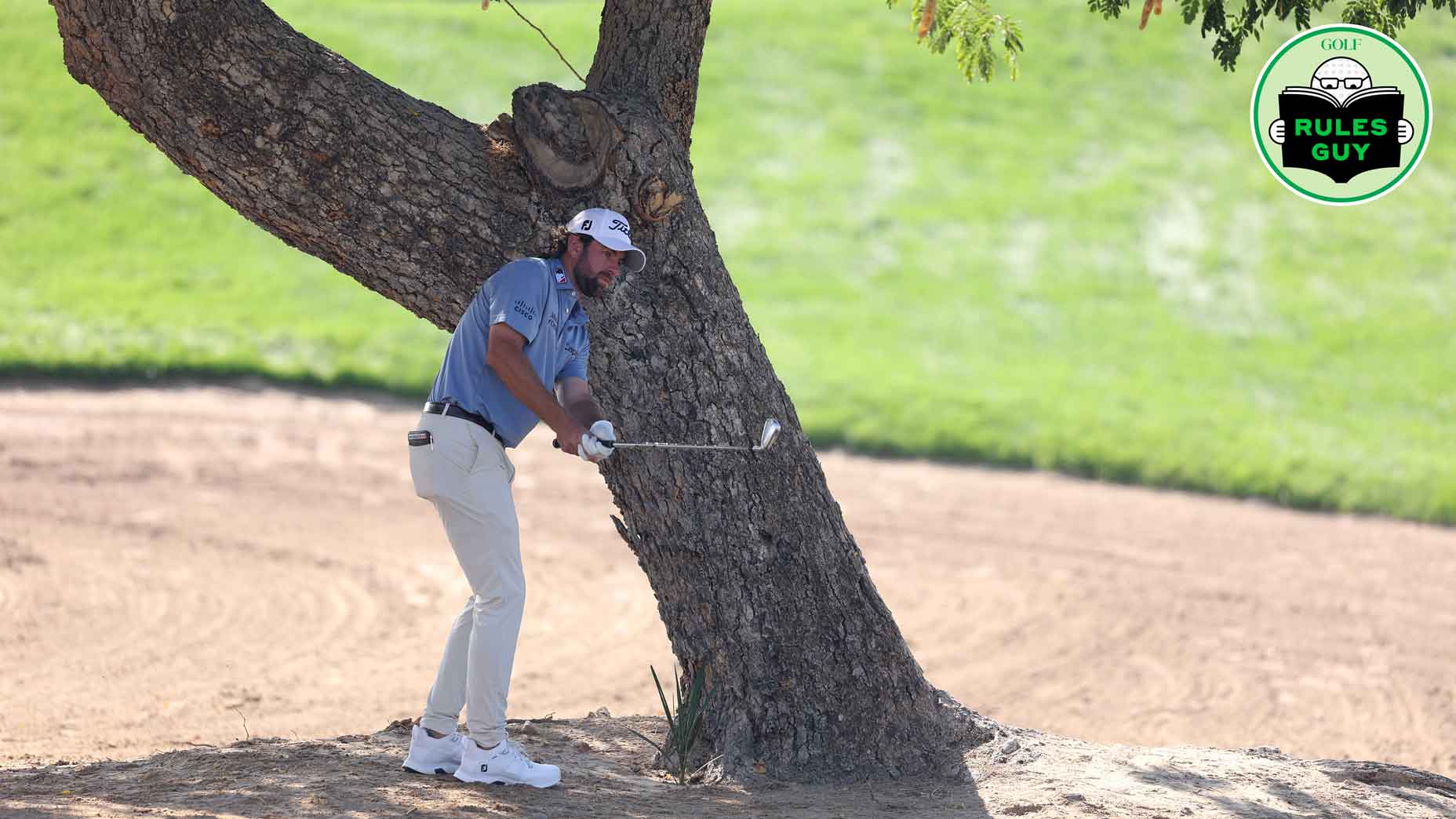 Rules Guy: Are you allowed to touch your ball after picking up your mark?
Rules Guy: Are you allowed to touch your ball after picking up your mark?
Rules Corner: Here’s how you can distinguish a bunker from a general area
Is your ball in a bunker? At courses with sandy surroundings, it’s not always obvious. Just ask Dustin Johnson, who famously lost the U.S. Open at Whistling Straits when he grounded his club in a sandy area that had been deemed a bunker by a local rule.
In recreational play, it’s always a good idea to read your course’s local rules before teeing off to eliminate any potentially confusing situations, but you can also use visual clues from your ball’s lie.
A general area differs from a bunker in that it’s unmaintained — that is, it’s unraked, and likely does not have specified boundaries. Hallmarks of a bunker include the presence of a nearby rake, rake marks in the sand, and a maintained appearance.
ADVERTISEMENT
A general area can be played just like anywhere else on the golf course. You can take practice swings and ground your club behind the ball as usual. But a bunker has special restrictions. You can’t deliberately touch the sand near your ball, or touch the sand with your practice swings.
And remember, when in doubt, just treat the shot as if you’re in the bunker, and you won’t have any issues.
READ MORE:
Is it permissible to check a bunker’s depth with a tee?
Where can you drop from a bunker marked as GUR?
Loose impediments in bunkers
Looking for more information on the Rules of Golf? Visit usga.org/rules, or, if you have a question of your own, you can submit it to Rules Guy, our resident expert, at rulesguy@golf.com. The answer may be featured in an upcoming issue of GOLF Magazine.
ADVERTISEMENT






